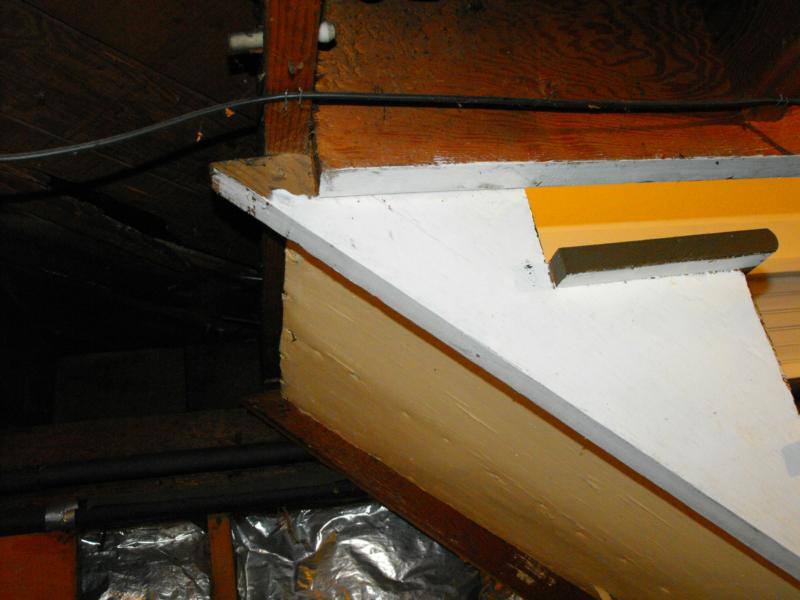
One of the many things that makes the lives of home inspectors difficult, is house defects that have somehow “stood the test of time.”
Every inspector has heard from sellers and agents on both sides of the deal say, “But it has been that way for………”
The only thing I can equate this to is the recent collapse of one of the great arches in Arches National Monument—–Wall Arch—-which had stood there perfectly content for more than 10 thousand years. One night, when no one was watching, it decided it had had enough of obnoxious sightseers, petroglyph carvers, desert lizards and sport climbers and just disintegrated under its own weight.
Inspectors often use the term “stood the test of time” to describe conditions of homes that may not be “proper” or “adequate” by current “standards” yet they appear to be functioning just fine. We have to be VERY careful using this term because of the “Wall Arch Effect.”
Another factor that works against most man-made and natural made features is that things rarely get better with age—-so sooner or later there is bound to be a mighty roar and cloud of dust and it won’t be the Lone Ranger and Tonto showing up on the scene to save us.
Take this stair stringer attachment for example. For all you non-inspectors, the stringer is the long diagonal white board in this first picture that supports all the stair treads.

It has likely been just the way you see it—except for perhaps the nice white paint—for at least 104 years. This certainly qualifies it as having “stood the test of time” and it will not likely “spontaneously” collapse like Wall Arch did. However, all bets are off when a couple of guys too big for their clothes try to wrestle a refrigerator up or down the stairs.
As an inspector I can not afford to pass these stairs off as safe, with so little supporting the top end of the stringer as shows in this next picture. There are just a couple of toe-nails driven up into the joist and very small amounts of the top tread bucking against the joist.

That the stairs have “stood the test of time” is not an excuse or a reason to let the issue slide—-they still need to be improved—and yes, “fixed.” Even though it has stood the test of time, it has been wrong for over 104 years.
Fortunately repairs are relatively simple.
By Charles Buell, Real Estate Inspections in Seattle
If you enjoyed this post, and would like to get notices of new posts to my blog, please subscribe via email in the little box to the right. I promise NO spamming of your email